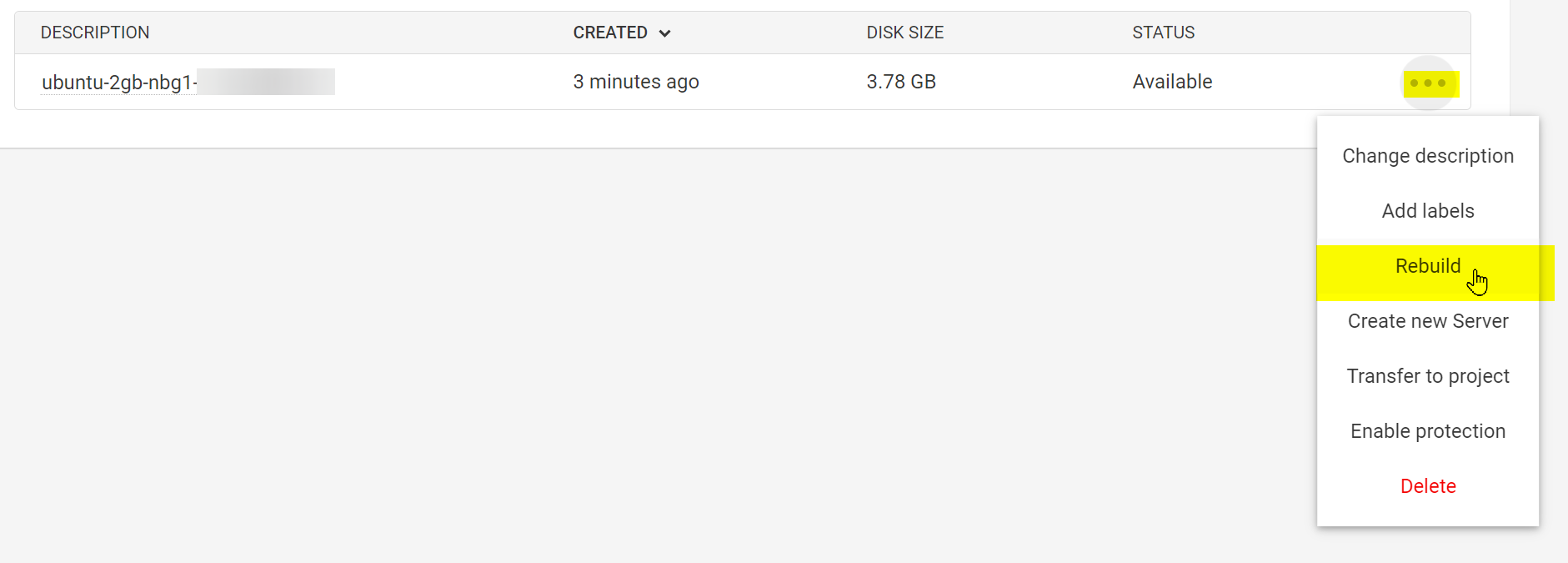I recall we had an idea of remote listing of the backups in the storage and showing a UI to restore apps from the backups. Essentially, we need a "import UI" over existing backups.
So, maybe in the Backups UI, we have a way to view the remote backups (shouldn't use our backup table but do remote listing), click on a backup and we should be able to restore. User is then insulated from app package version, app id and all those complications.
@cbeams I agree it's great for testing. FWIW, One can already do cloudron install --appstore-id foo@1.3.2 to install any package. Also, Cloudron only supports rolling updates, which means that version numbers are mostly just an implementation detail for us and ideally the user should now know about it.


